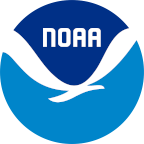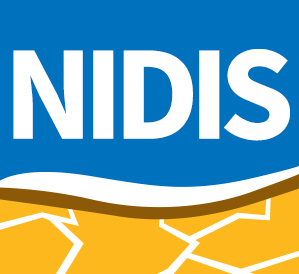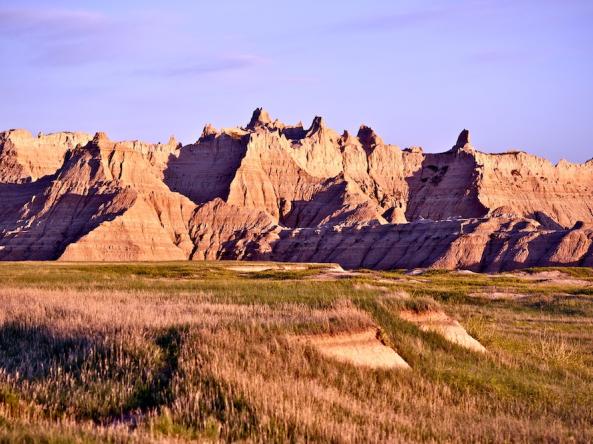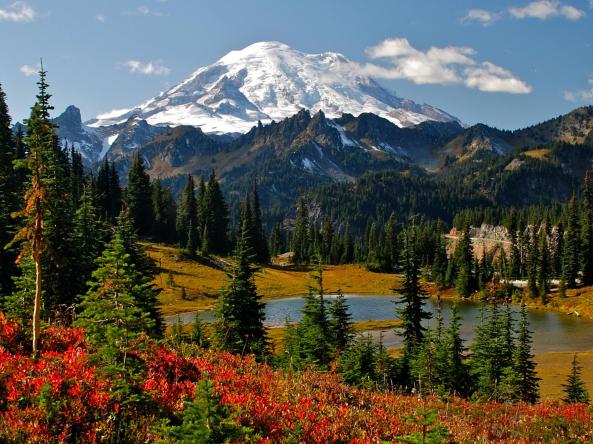For the latest forecasts and critical weather information, visit weather.gov.
For Fiscal Year (FY) 2022, the National Integrated Drought Information System (NIDIS) is hosting a research competition, Coping with Drought: Building Tribal Drought Resilience. Applications should be developed by or in full partnership with tribal nations to fund the implementation of actions—together with research on those actions—to build drought resilience contained in existing plans and strategies. Plans may include, but are not limited to drought contingency plans; drought, water, or natural resource plans; agricultural resource management plans; or climate adaptation plans. This competition lead will be holding an informational webinar on Thursday, July 15, 2021 at 3 p.m. EDT to discuss the background of the programs and expectations for this competition, as well as to address questions related to the development and submission of letters of intent and proposals.
To provide the latest information on drought conditions across the West, NIDIS is joining with our federal, state, tribal, and local partners to host a drought webinar specifically for western communities. The webinar will include an update on the current drought situation and outlook, an overview of wildland fire conditions and outlook, and will feature perspectives from those on the ground who are responding to worsening drought conditions. Key discussions will include a summary of past and current conditions in terms of many climate variables like snowpack, temperatures, precipitation, soil moisture, etc.; as well as potential and ongoing impacts from drought across sectors (e.g., agriculture, water resources, recreation, etc.).
Drought in the Northern Plains continues to worsen, and widespread impacts are being felt, including impacts on tribal lands in the region. In order to provide up-to-date information on the drought and its impacts, and associated resources for tribal nations, the National Oceanic and Atmospheric Administration (NOAA), U.S. Geological Survey, and U.S.
This session will kick off a larger effort by the U.S. Environmental Protection Agency (EPA), the U.S. Department of Agriculture-Rural Development, National Rural Water Association, and American Water Works Association to aid small and disadvantaged communities in pursuing water recycling. This effort is part of the national Water Reuse Action Plan, through which the EPA and others are taking action to build the nation’s capacity to benefit from wastewater recycling and stormwater capture and use.
The Northeast Regional Climate Center hosts a monthly webinar with NOAA affiliates to address timely weather and climate concerns. These webinars are available to watch live. The topic for the Thursday, July 29 webinar is Ocean Climate Series, Part 2 of 2.
The Northeast Regional Climate Center hosts a monthly webinar with NOAA affiliates to address timely weather and climate concerns. The topic for the Tuesday, June 29 webinar is Ocean Climate Series, Part 1 of 2.
These webinars will focus on current hydrologic and climatic conditions and water supply forecasts for the Columbia and Snake River basins. The Northwest River Forecast Center holds these monthly water supply briefings January through late spring on the first Thursday of each month. The briefings are composed of two parts: a telephone conference call and a web-based presentation.
These webinars will focus on current hydrologic and climatic conditions and water supply forecasts for the Columbia and Snake River basins. The Northwest River Forecast Center holds these monthly water supply briefings January through late spring on the first Thursday of each month. The briefings are composed of two parts: a telephone conference call and a web-based presentation
The National Weather Service Great Falls Weather Forecast Office is hosting an informational Montana Drought and Water Supply Webinar on Thursday, April 29 from 10-11 a.m. MT. We will cover statewide drought conditions (National Weather Service), as well as current snowpack and water supply conditions (Natural Resources Conservation Service).
According to the April 20, 2021 U.S. Drought Monitor, 56.6% of the Pacific Northwest Drought Early Warning System (DEWS) is in Moderate Drought (D1). Additionally, a pocket of Exceptional Drought (D4) was added to Oregon, the first time that state has had D4 since 2015. Snow conditions this winter have been good in Washington and northern Oregon, and average to below average throughout the rest of the Pacific Northwest. What's the outlook for the rest of spring into summer?



